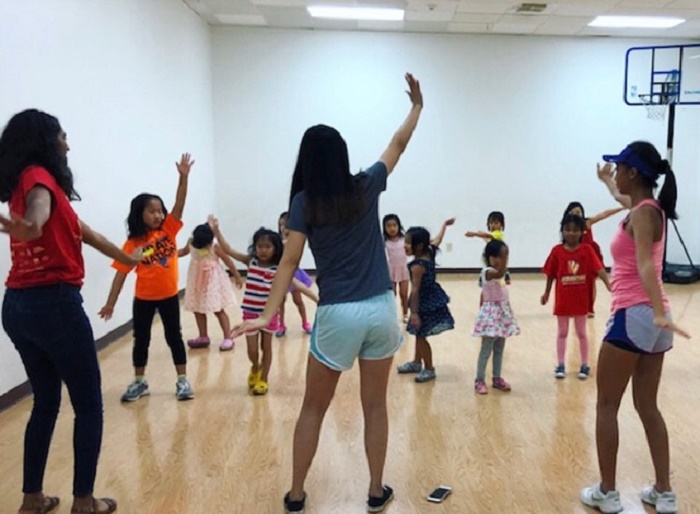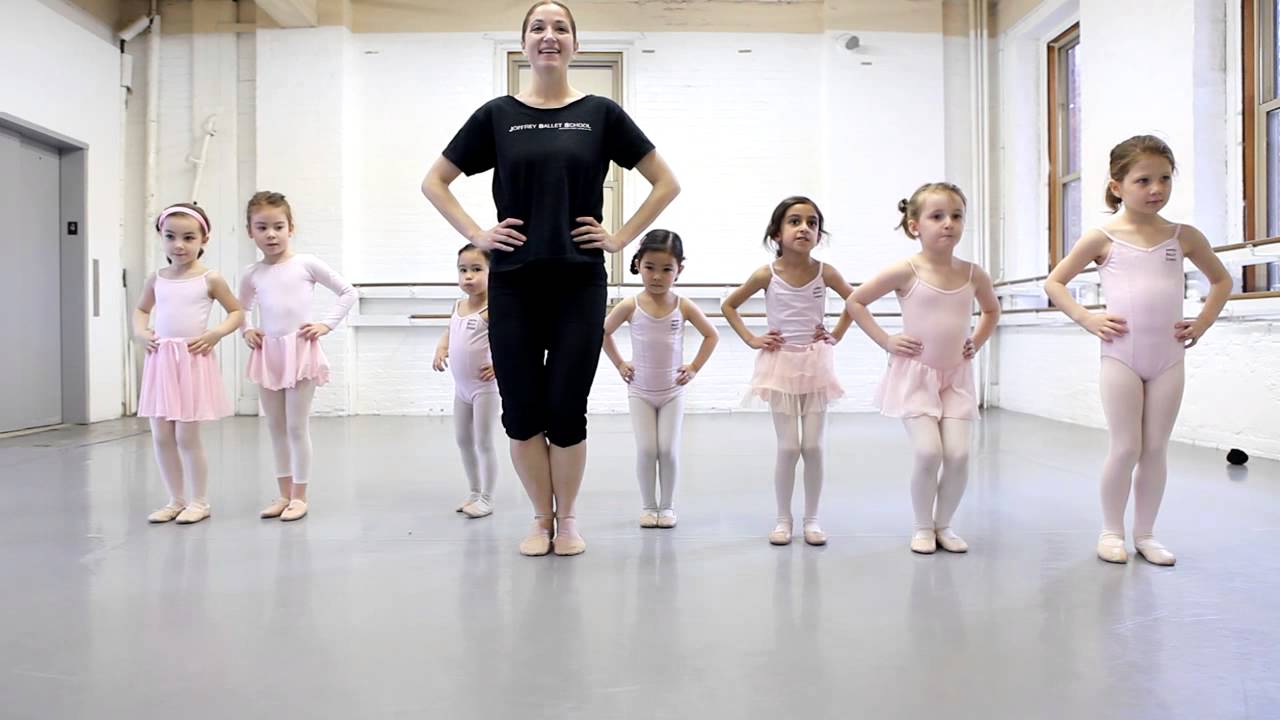The dance is one of the most rewarding activities that exist. Besides that, it is a very practical way for children to be dis-inhibited and lose their shame. It is a very important physical activity for young children. Learning to dance can serve children for a school dance, a festival, a party … knowing how to teach children to dance and follow the rhythm of music is something that will be worth them for a lifetime if they learn it as children.
If you are a dad or a mom and you see that your son or daughter have the skills to become future great dancers. The dance and dance courses, you can follow some of these tips to teach children to dance and lose the shame.
How to teach children to dance?
Not all children are equally gifted for dancing. Some seem to have music in their blood, and others do not have much sense of rhythm and, when they have to dance in some school activity, they are rigid and seized. Although nobody dies for not learning to dance, it is always a thing to know and probably will help them be more uninhibited in adolescence.
To teach boys and girls to dance, every detail must be taken into account:
1. Try to put dance music on every occasion you can. If you are a physical education teacher, the gym will be an excellent occasion; Aerobic activities are halfway between dancing and gymnastics, so if you just have to imitate your movements, it will be easier for everyone.
2. Create a musical environment: many little girls like dancers and when they grow up, they would like to become one. There are various music toys that can help them be more prone to dance from small, from castanets for future flamenco dancers, to a toy guitar.
3. Help him to tear himself apart: the big problem when giving a dance class is that some children are nervous, seized and their movements are rigid. The teacher should quickly detect this situation and help these children distend their limbs and feel the music in the body. After class, to see what can be done without the “shame factor” and gain self-confidence.
4. Build confidence: one of the greatest difficulties in children for dancing (and not only in children) is a shame. “What are my classmates going to say?” To combat this, we must ensure that all children dance and create a team environment, work hard on each other’s mind. Make them understand that it is something serious, like a match to be won, not just a game.
5. Make dance groups by types of music: you cannot pretend that all children dance the same style of music. Sometimes this is the problem. Some want hard rock, and others do more pop. Sometimes they are not aware of it. Just think “this music is very young,” and I assure the sense of ridicule. Try to see, by character, what style of music goes most with each one.





